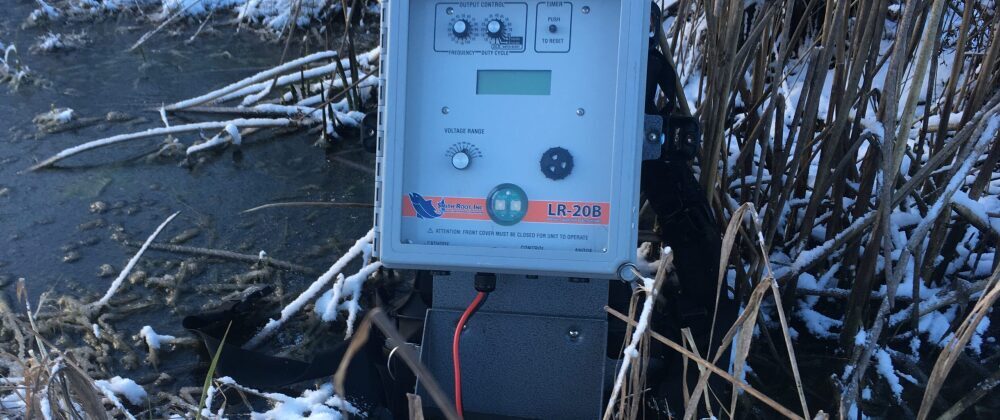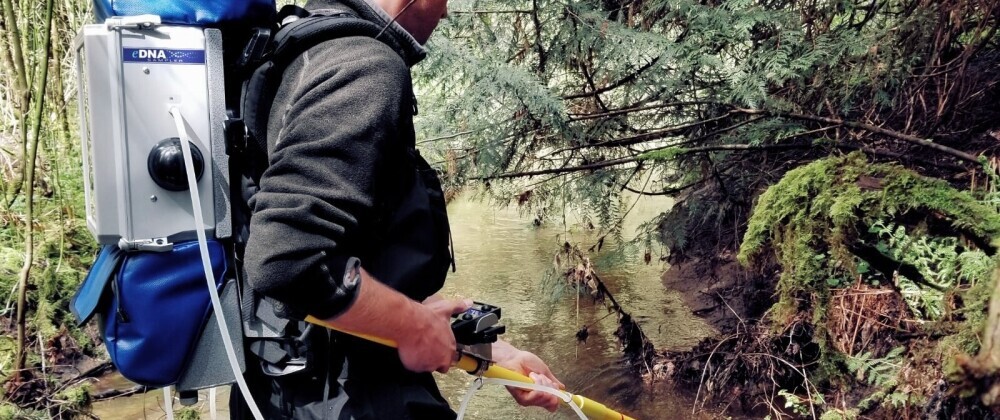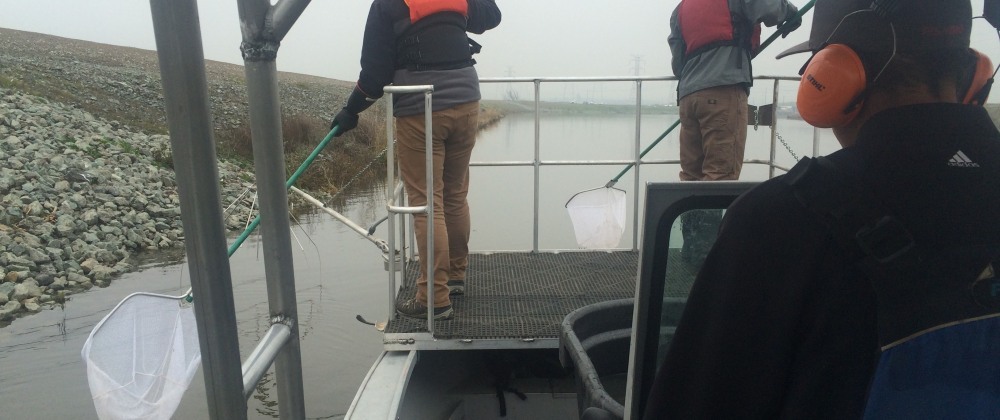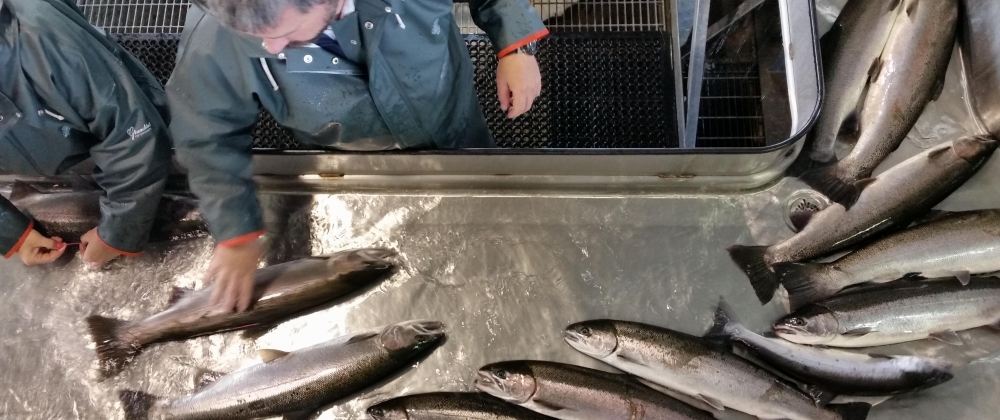Electrofishing Principles and Safety Certification Course - April 29-30, 2025
This is a two-day class hosted at Smith-Root's headquarters in Vancouver, Washington. The first day consists of a classroom lecture-based session covering basic electrical theory, electrofishing equipment, operation and safety, and applied electrofishing methods. The second day is a…
















